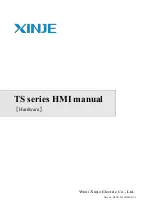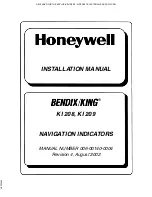
© 2015 SunEdison
4
F-SERIES and R-SERIES
72-Cell Installation Guide
• Modules connected in a series should not be
disconnected under illumination. Disconnecting
modules under illumination may cause electrical arcing,
which may result in burns, fires or other injuries and
damages.
• Photovoltaic modules produce DC electrical energy
from sunlight. When illuminated, each module can
have a DC potential of over 45 V and should be
handled with care.
• Always use a wire management system that keeps
wires and cables out of direct contact with edged
surfaces, which could cut or damage the insulation. Do
not allow wires to rest on the ground or roof surface.
3.0 Mechanical Installation
3.1 Planning and Design
• Before installation, check to ensure the sub-structure
will accommodate expected system loads. This
includes and is not limited to roof, foundations,
mechanical structure and mechanical connections.
• All Silvantis solar modules have a module fire resistance
rating of Class C. According to the UL1703 test
protocol, revised in 2014, all Silvantis solar modules
also have a module fire resistance rating of Class A
for spread of flame, and fire performance of either
Type 1 or Type 2 classification as specified on the
module label. Per UL, the fire rating of this module is
valid only when mounted in the manner specified in
the mechanical mounting instructions. The system fire
rating is determined by the module, rack and roofing
materials. SunEdison recommends not mixing module
fire performance type within a system.
• Mechanical structures should not contact the module
back sheet, any racking or the microinverter under any
expected load conditions.
• Consider the following factors during system design,
which will influence performance:
a. SunEdison solar modules produce the most
power when they are pointed directly at the
sun, and should be tilted for optimum system
performance.
b. Proximity to obstructions have the potential to
shade or damage the modules (examples below):
• walls
• buildings
• trees
• groundcover
• snow cover
• dust and debris
c. Designs should allow adequate airflow across
the back of the module because elevated
temperatures will decrease energy yield.
d. Allow a minimum spacing of 10 mm between
modules for thermal expansion.


































